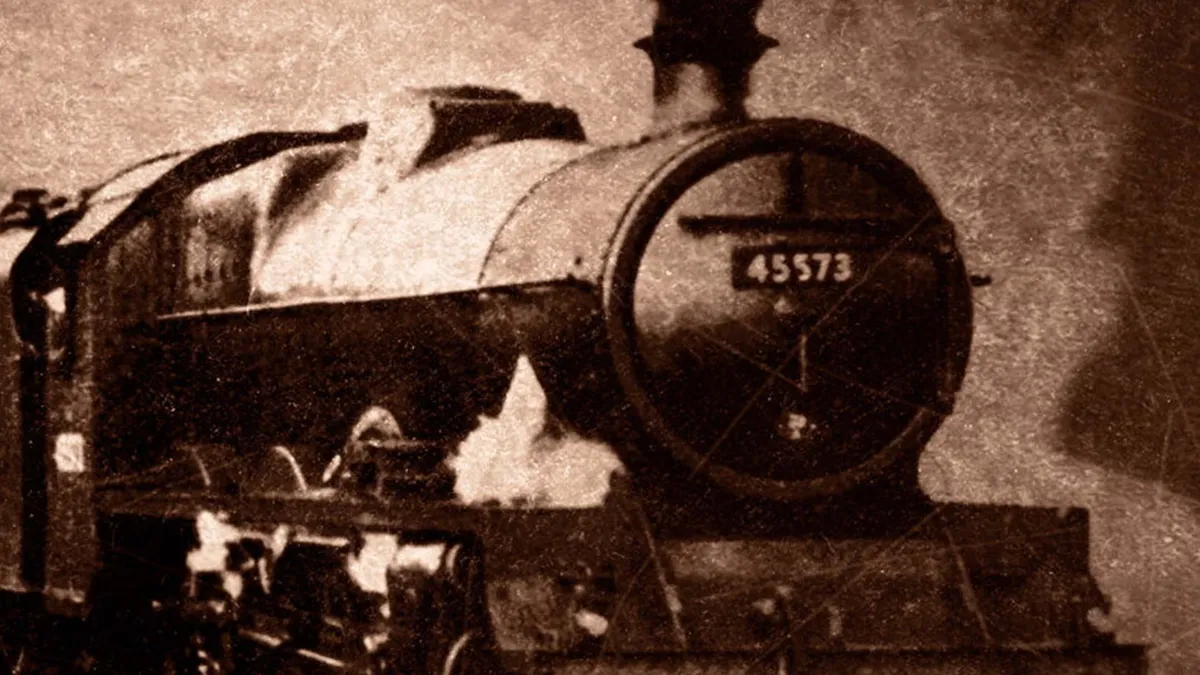reachfar.org – The advent of the railway in the 19th century was a transformative moment in human history, revolutionizing transportation, commerce, and society. However, alongside the unprecedented opportunities and conveniences it brought, the railway also introduced a new dimension to crime and criminal investigation. “The Railway Murders” is a term that encapsulates not only a series of notorious crimes committed on or near railway lines but also the broader impact of railways on the nature of crime and detection in the Victorian era.
The Birth of Mobility and Its Dark Side
The railway’s ability to transport people and goods swiftly and efficiently over long distances was a marvel of the age. It facilitated the growth of cities, expanded markets, and connected communities in ways previously unimaginable. Yet, this newfound mobility had a shadow side. The railway became a conduit for criminals, enabling them to commit crimes far from their homes and to escape justice more easily. Thieves, swindlers, and worse found in the railway a tool to expand their reach and elude capture.
Notable Railway Murders
Several high-profile murders associated with the railways shocked the public and highlighted the challenges of policing this new domain. One of the most infamous was the case of Percy Lund, a ticket collector who was murdered in 1864 at London’s Waterloo Station. The crime was particularly shocking because it occurred in a bustling public space, underscoring the vulnerability of railway workers and passengers alike.
Another case that captured the public’s imagination was the murder of Julia Martha Thomas in 1879. Her killer, Patrick O’Connor, was a lodger who had traveled to her home in Essex by train. The case was notable for the use of forensic evidence in the investigation, a precursor to the modern forensic sciences that would become integral to criminal investigation.
The Impact on Crime Detection
The railway murders and the challenges they presented to law enforcement agencies led to significant innovations in crime detection and policing. The need to apprehend criminals who could quickly move from one jurisdiction to another prompted greater cooperation between local police forces and the establishment of specialized units to deal with railway crime.
Moreover, the railways facilitated the rapid dissemination of information about crimes and criminals, enabling a more coordinated response to crime across regions. The development of the telegraph and later the telephone, both of which were closely associated with the railways, further enhanced the ability of police to communicate and coordinate their efforts.
The Birth of the Detective Novel
The fascination with railway murders and the new methods of detection they necessitated also influenced literature, particularly the birth of the detective novel. Writers such as Arthur Conan Doyle, whose Sherlock Holmes stories are set in the railway age, drew inspiration from the real-life crimes and investigations associated with the railways. The railway compartment, with its confined space and transient occupants, became a popular setting for mystery and intrigue.
Conclusion
“The Railway Murders” and the broader phenomenon of railway crime in the 19th century reveal much about the complexities of technological and social change. The railway, a symbol of progress and modernity, also became a stage for some of the era’s most notorious crimes. Yet, in responding to these challenges, society developed new methods of crime detection and prevention that would have lasting impacts on law enforcement and the justice system. The legacy of the railway murders is a reminder of the dual nature of technological advancement: its power to improve lives and its potential to create new forms of harm.
